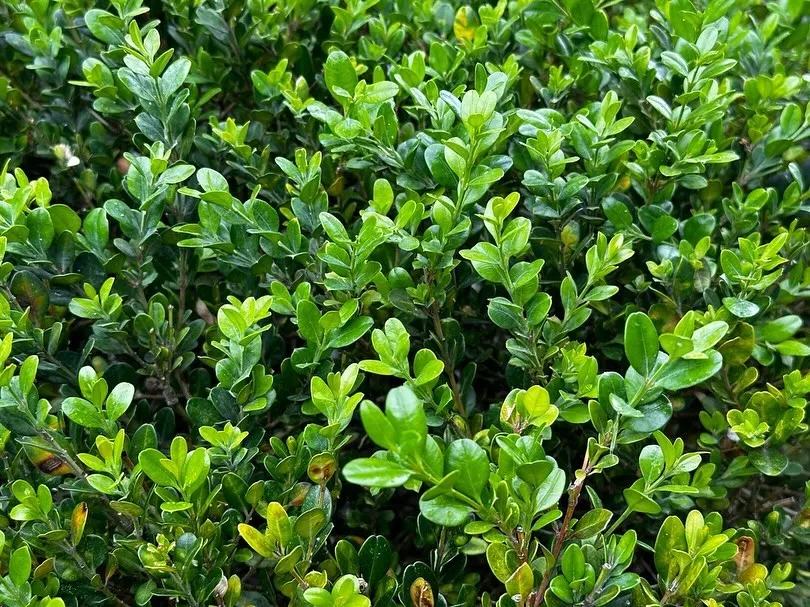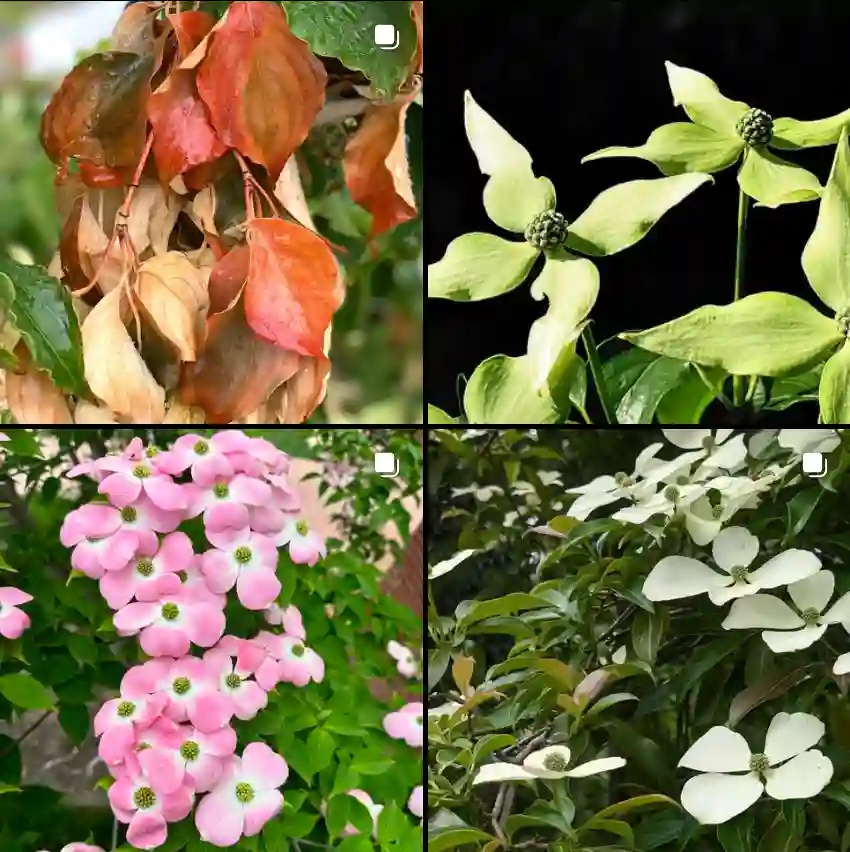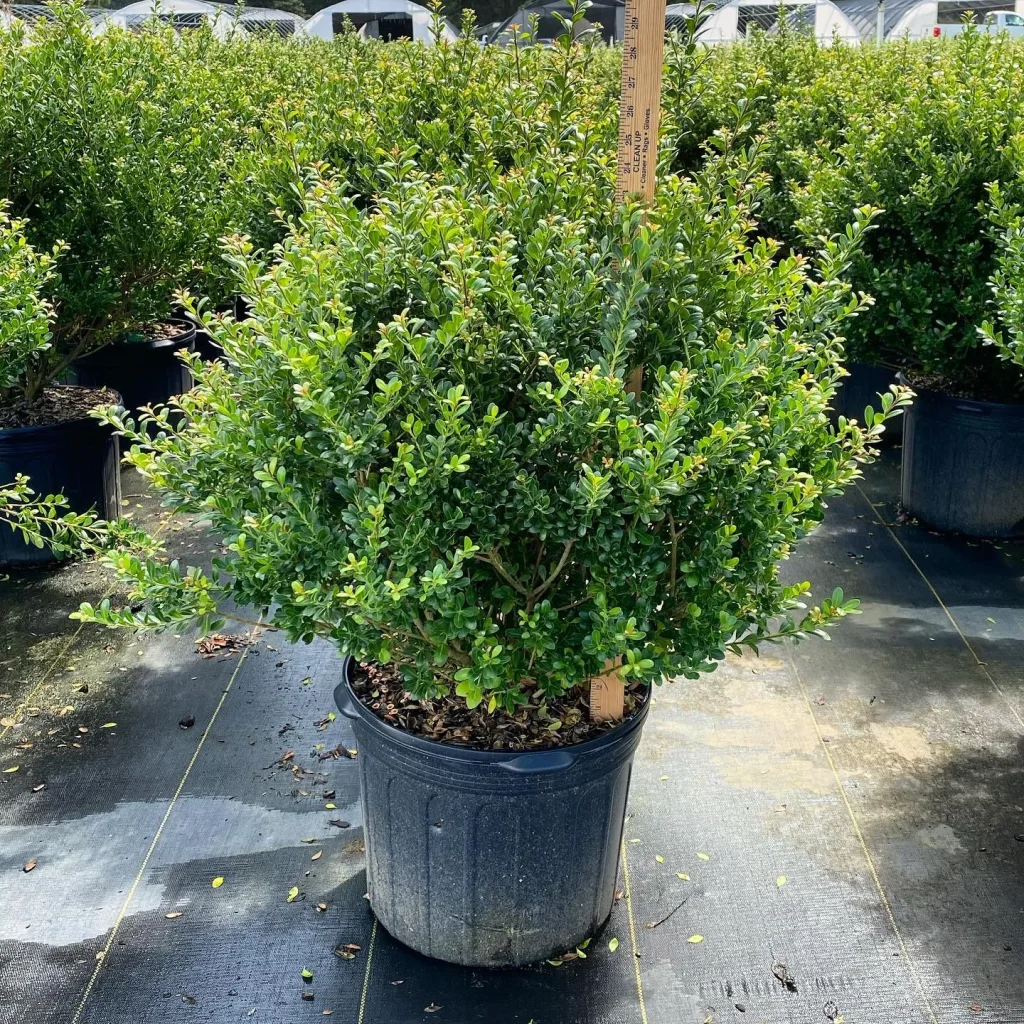Hoya Brevialata: A Guide for Plant Enthusiasts
Hello, fellow plant lovers! Ferb Vu here, and today we’re diving into the fascinating world of the Hoya Brevialata. This unique succulent vine has captured the hearts of collectors with its charming, coin-shaped leaves and fragrant blooms.
Whether you’re a seasoned Hoya enthusiast or just starting your indoor jungle journey, this guide will equip you with everything you need to know about caring for your Hoya Brevialata.
566 Species in Genus Hoya
What is a Hoya Brevialata?
Native to Southeast Asia, the Hoya Brevialata is an epiphytic vine, meaning it grows naturally on other plants in rainforests. This translates to a plant that thrives in warm, humid environments with indirect sunlight.
The most striking feature of the Hoya Brevialata is its foliage. Unlike its sprawling cousins, the Brevialata boasts small, round leaves that resemble miniature coins. These vibrant green leaves, with a slightly fuzzy texture, grow to about 1-1.5 inches in diameter and cluster together, creating a delightful textural contrast.
But the beauty doesn’t stop there. During spring and summer, the Hoya Brevialata produces clusters of star-shaped flowers. These blooms, often described as having a caramel-like scent, are a delightful surprise for patient plant parents.
Hoya Brevialata vs. Hoya Carnosa
New to Hoyas? You might be wondering how the Brevialata compares to the more common Hoya Carnosa, also known as the Wax Plant. Both are stunning vining plants beloved for their unique foliage and fragrant flowers. However, there are some key differences to consider:
- Leaf Shape: The Brevialata’s signature feature is its round, coin-shaped leaves. In contrast, the Carnosa boasts larger, oval-shaped leaves with a waxy coating.
- Growth Habit: The Brevialata has a more compact growth pattern compared to the sprawling vines of the Carnosa. This makes the Brevialata ideal for hanging baskets or training to climb a moss pole.
- Flowering: Both Hoyas produce beautiful blooms, but the Brevialata’s flowers are smaller and have a more subtle fragrance compared to the Carnosa.
Ultimately, the choice between these two Hoyas comes down to personal preference. If you crave a more unique and compact plant, the Brevialata is a perfect choice.
How to care for Hoya Brevialata?
The good news is that the Hoya Brevialata is a relatively low-maintenance plant, making it ideal for busy plant parents. Here’s a breakdown of its basic care needs:
- Light: Bright, indirect sunlight is key. Avoid harsh midday sun, which can scorch the leaves.
- Water: Allow the top inch of soil to dry completely before watering. Overwatering is a common enemy of Hoyas, so err on the side of underwatering.
- Soil: A well-draining succulent or orchid mix is ideal. Ensure the pot has drainage holes to prevent waterlogging.
- Humidity: While the Brevialata tolerates average household humidity, it thrives in a more humid environment. Grouping your plants together or using a pebble tray with water can help increase humidity.
- Fertilizer: A balanced fertilizer diluted to half strength can be applied during the growing season (spring and summer) once a month.
With proper care, your Hoya Brevialata will reward you with lush foliage and fragrant blooms for years to come.
How often does the Hoya Brevialata flower?
Established plants can flower multiple times a year, typically during spring and summer. Factors like light and proper care can influence flowering frequency.
My Hoya Brevialata isn’t flowering. What am I doing wrong?
Several reasons can contribute to a lack of blooms. The most common culprits are insufficient light, underwatering, or a lack of maturity. Ensure your plant receives enough bright, indirect light and adjust your watering routine if needed. Remember, mature plants tend to flower more readily.
Is the Hoya Brevialata toxic to pets?
Like most Hoyas, the Brevialata contains sap that can be mildly irritating to pets and humans if ingested. It’s best to keep this plant out of reach of curious furry (or human) friends.
Can I propagate my Hoya Brevialata?
Absolutely! Stem cuttings are the most common propagation method for Hoyas. Take a healthy stem cutting with a few nodes and plant it in a well-draining potting mix. Keep the cutting moist and provide it with bright, indirect light. With patience, you should see new growth in a few weeks.
My Hoya Brevialata’s leaves are turning yellow. What’s happening?
Yellowing leaves can be caused by various factors. Here are some possibilities:
- Overwatering: This is the most common culprit. Check the soil moisture and adjust your watering habits if necessary.
- Nutrient deficiency: A lack of essential nutrients can cause yellowing. Consider feeding your plant a balanced fertilizer during the growing season.
- Insufficient light: Hoyas need bright, indirect light to thrive. If your plant is in a shady spot, move it to a location with more light.
- Natural leaf turnover: It’s normal for older leaves to yellow and drop occasionally.
By observing your plant and its environment, you can often diagnose the cause of yellowing leaves and take corrective measures.
Can I prune my Hoya Brevialata?
Absolutely! Pruning is a great way to encourage bushier growth and control the size and shape of your plant. You can prune any time throughout the year, but spring is generally considered the best time. Just make sure to use clean, sharp pruners and remove any leggy or unwanted stems.
Conclusion: The Allure of the Hoya Brevialata
With its charming coin-shaped leaves, fragrant blooms, and relatively easy care requirements, the Hoya Brevialata is a captivating addition to any plant collection. Whether you’re a seasoned Hoya enthusiast or a curious beginner, this delightful vine offers a unique and rewarding experience. So, why not give the Hoya Brevialata a try? With a little TLC, you’ll be well on your way to cultivating a thriving and beautiful plant that will bring joy to your home for years to come.
If i die, water my plants!



